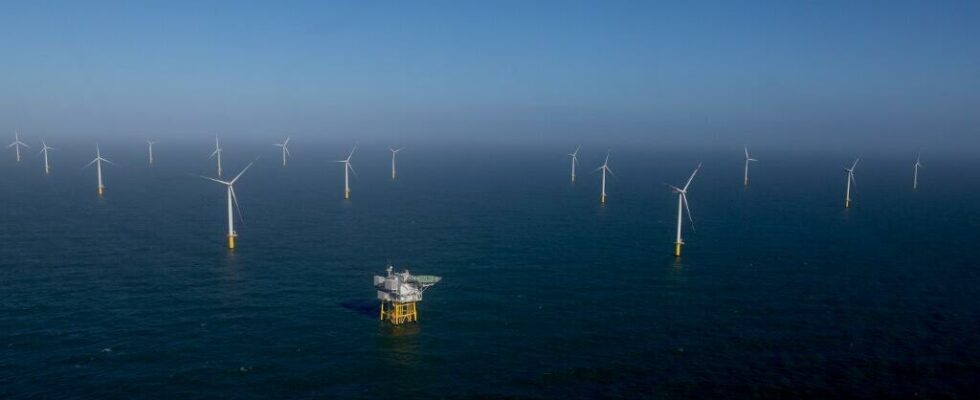The installation of wind farms in the Baltic Sea would involve “ unacceptable risks » for the defense of Sweden and its allies because it would disrupt its ability to identify threats, the Swedish army estimated this Wednesday, November 27.
2 mins
“ The armed forces Swedish were clear in their assessment regarding offshore wind energy in the Baltic Sea. It would entail unacceptable risks for the defense of our country and our allies », Explained the Swedish armed forces in an email to AFP. “ At present, we do not see technical solutions or legal conditions allowing the coexistence of our defense interests and wind energy in the Baltic Sea », added the Swedish army. In its message to AFP, the army explains its assessment to explain its unfavorable opinion expressed with regard to a wind farm project in the Baltic, to the west of the island of Gotland.
In early November, thirteen offshore wind farm projects along Sweden’s Baltic Sea coast were canceled by the Swedish government. At issue: the disruptions they could have caused to the Swedish defense sensors in this area. The rotating towers and blades of wind turbines emit radar echoes and produce a number of other interferences, particularly underwater, affecting for example the ability to detect potential submarines. In view of the war in Ukraine and the threat posed by Russia, “ we can no longer accept any risk to our defense capacity », Continues the Swedish army. “Being able to detect threats is essential and our sensor system plays a crucial role in this,” she adds.
A strategic geographic location
Sweden’s geographic location is also of strategic importance, as it is just a stone’s throw from the Russian enclave of Kaliningrad. “ We need to be able to see and hear over long distances to detect threats and gather intelligence », Add the armed forces of Sweden.
Tensions in the Baltic Sea have increased since the Russian invasion of Ukraine in 2022. With the accession of Sweden, after that of Finland, all states bordering the Baltic Sea, with the exception of Russia, are now members of the Atlantic Alliance.
Energy needs from renewable sources are nevertheless also among the priorities of the Scandinavian country. Electricity consumption in Sweden could reach at least 300 TWh by 2045, double the current level.
Also readRussia suspected of sabotaging submarine cables in the Baltic Sea
